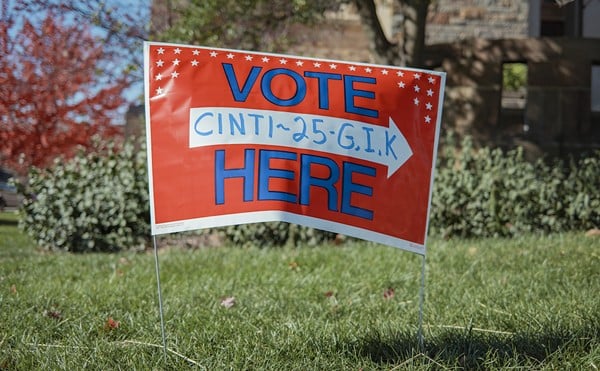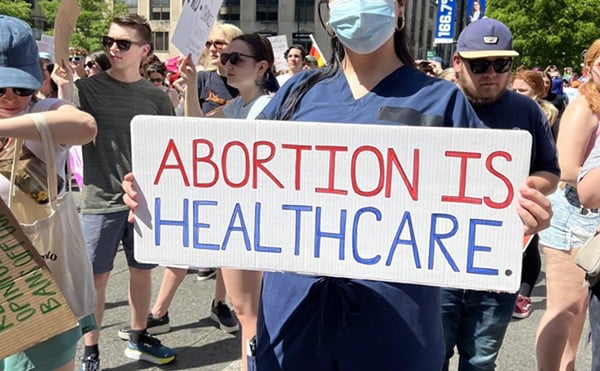The district is something of a ghost these days — buildings that once were home to the city’s breweries, some empty, some gone, just an historic whisper. Those that remain stand among barely intermittent housing and a collective memory.
The Over-the-Rhine Brewery District is generally the area that was developed north of Liberty Street, an industrial megalopolis at the time, a short distance away from the beer gardens and more densely-populated areas of Vine Street and other places that catered to the German immigrants of the mid-19th and early 20th centuries.
The area hasn’t been so much neglected as forgotten. In the past few years, the focus by 3CDC and other developers has been on southwest Over the-Rhine, the area around Vine Street at 13th Street and beyond, as well as the area around Music Hall and Washington Park.
The focus is now expanding. Brewery District Community Urban Redevelopment Corporation (CURC) is concentrating on that part of the neighborhood north of Liberty, incorporating Findlay Market and extending north to McMicken Avenue and the foothill of Clifton Heights.
That was the goal behind the design charrette held Jan. 17 at the Art Academy of Cincinnati in Over-the-Rhine, organized by a number of groups that included the Architectural Foundation of Cincinnati, American Institute of Architects Cincinnati chapter, the Art Academy and Brewery District CURC.
More than 100 people — including architects, planners, residents from the neighborhood and beyond, college students and developers — attended the day-long charrette, organized into work sessions led by architects and planners.
“We looked at and brainstormed different ideas for the Brewery District to really come back as a true mixed-use, urban and transit-oriented neighborhood,” says Steven Hampton, executive director of the Brewery District CURC. “You would live there, you work there, you buy your goods there, you’re entertained there.”
The idea is animated by the proposed streetcar route that would connect downtown Cincinnati with Clifton Heights and zoning that permits residential and light industrial to co-exist.
“I think you can have a lot more dynamic urban lifestyle by having all uses mixed,” says Michael Moose, an architect who chaired the charrette. “And we don’t want all this energy to be just turned into a report that sits on a shelf. We are going to take all the plans and suggestions and put together one plan with alternatives and present that to the city and other developers.”
Sue Ann Painter, executive director of the Architectural Foundation of Cincinnati, seconds that thought.
“One goal is to keep it alive and have results come out of it, so it’s not just an academic exercise,” she says. “We want to get the city and county to pay attention, get developers interested in doing projects in Over-the-Rhine.”
The city and this neighborhood have a rich history of breweries, although that history ended in Over-the-Rhine a half-century ago when Red Top Brewing Company went out of business in 1957, according to the Brewery District.
In 1870 there were 36 breweries in the Cincinnati area, according to the District, with 15 located in Over-the-Rhine and another three in neighboring West End.
“Over the years, the majority of brewery buildings (in the city) were torn down or left to ruin,” according to the Brewery District Web site. “Approximately 47 buildings from 14 different breweries still remain in Over-the-Rhine and the West End today.”
Julie Fay has lived in Over-the-Rhine since 1993 and lived in Mount Auburn for six years before that. She’s the proprietor of Urban Eden, which sells contemporary crafts and fine art, as well as the Iris Book Café, which emphasizes local produce, bread and meat. “We’re very local,” she says.
Fay spent the day at the charrette.
“I’m involved in the neighborhood, have rehabbed buildings here,” she says. “We need to focus on what’s going to bring development to our neighborhood. Not only to our neighborhood, but to our city. Economic development is very important.”
“We had a great discussion in the group I led at the charrette,” Hampton says. “We spent the first two hours talking about ideas before even doing drawings on paper. The great thing about a charrette is that you pull out ideas that might not have come to surface any other way.
“One of the challenges in an historic neighborhood besides rehabilitating his- toric buildings is that you have, unfortunately, a lot of vacant lots where buildings have been lost. One of the challenges is designing in-fills that respect but don’t just mimic what was there.”
One of the keys to developing the Brewery District is the proposed streetcar route, Hampton says, which would give the district not only that connector but also a lingering sense of history.
“The real point of this is to take this to the city, to developers and show them the potential is there,” he says. “We help the entire city by repopulating that neighborhood and bringing it back, not to mention the historical and cultural importance of the neighborhood.”
“It will make this a vital community, a cosmopolitan thing,” Moose says. “It’s part of the new urbanism.”
Both he and Hampton say the next step is to distill the charrette ideas and suggestions into one plan, perhaps with alternatives, call for another meeting to present the plan and gather further input from the participants and the neighborhood. At some point after that, they would approach city leaders.
“We’ll probably have a public event in the next month or two and present our findings,” Hampton says.





